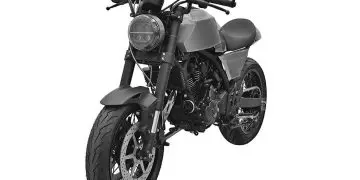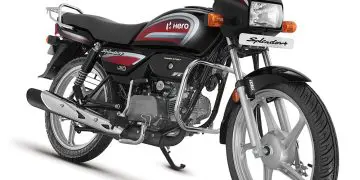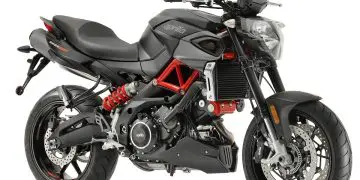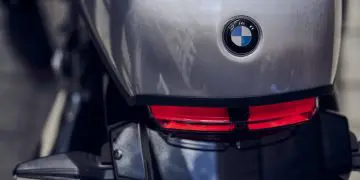With battery electric vehicles (BEVs) entering the global market, it is evident that the future is indeed electric. That being said, there are many people who have recognized the potential of hydrogen power – both in terms of its use as a fuel cell to power electric vehicles, as well as a fuel source for internal combustion engines.
We have already talked about some hydrogen-focused initiatives from companies like Yamaha and Fraunhofer IWU. This time, it was the Massachusetts Institute of Technology (MIT) that presented its hydrogen-powered initiatives. The MIT electric vehicle team has extensive experience in building and driving innovative electric vehicles. This time, the team is focusing on the world of two-wheelers and venturing into building hydrogen-powered electric motorcycles by 2024.
In October 2023, the MIT electric vehicle team successfully demonstrated their hydrogen-powered prototype. To make everything even better, the team is not keeping the prototype to themselves. The new hydrogen-electric machine has been designed as an open-source prototype, with all the plans available online. This means that development can continue and expand as other components can be installed and more experiments can be conducted on the prototype.
The entire project is led by Aditya Mehrotra, an undergraduate student working with Alex Slocum, a professor of mechanical engineering. Mehrotra has been focusing on energy systems and is also a motorcycle enthusiast, which is how he came up with the idea of a hydrogen-powered electric motorcycle. The team explained that while batteries have advanced significantly in recent years, they still have their limitations. One of the biggest limitations is the charging time, as even the fastest chargers take several minutes to charge a battery. Meanwhile, refueling with hydrogen could theoretically be as fast as filling up a gas tank.
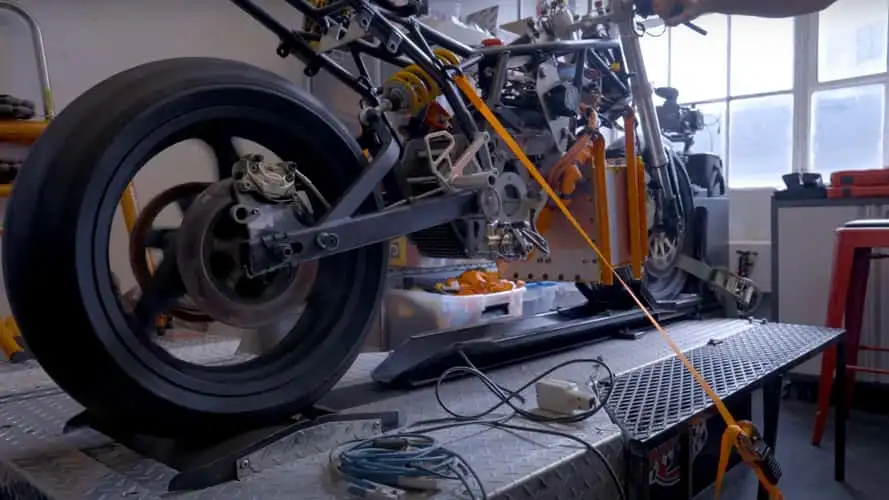
So, how does all this work? In a video uploaded to the official MIT channel on YouTube, Mehrotra explains that the hydrogen-powered motorcycle works similarly to a battery-powered electric motorcycle with a range extender. There is a motor that drives the wheel and a motor controller that converts DC energy into AC energy for the motor. This controller receives energy from a battery and supplies it to the motor to rotate the wheel. Very simple, isn’t it? The hydrogen system works here in parallel with the battery, acting as a charger. As the motorcycle moves forward, it depletes the battery, which is continuously recharged by the hydrogen fuel cell.
Mehrotra explains that as long as the average power output of the battery is lower than the average power of the hydrogen fuel cell, the battery never runs out of charge. When the fuel cell is depleted, it is as simple as replacing it with a new one, which takes a few seconds or at most a few minutes.



